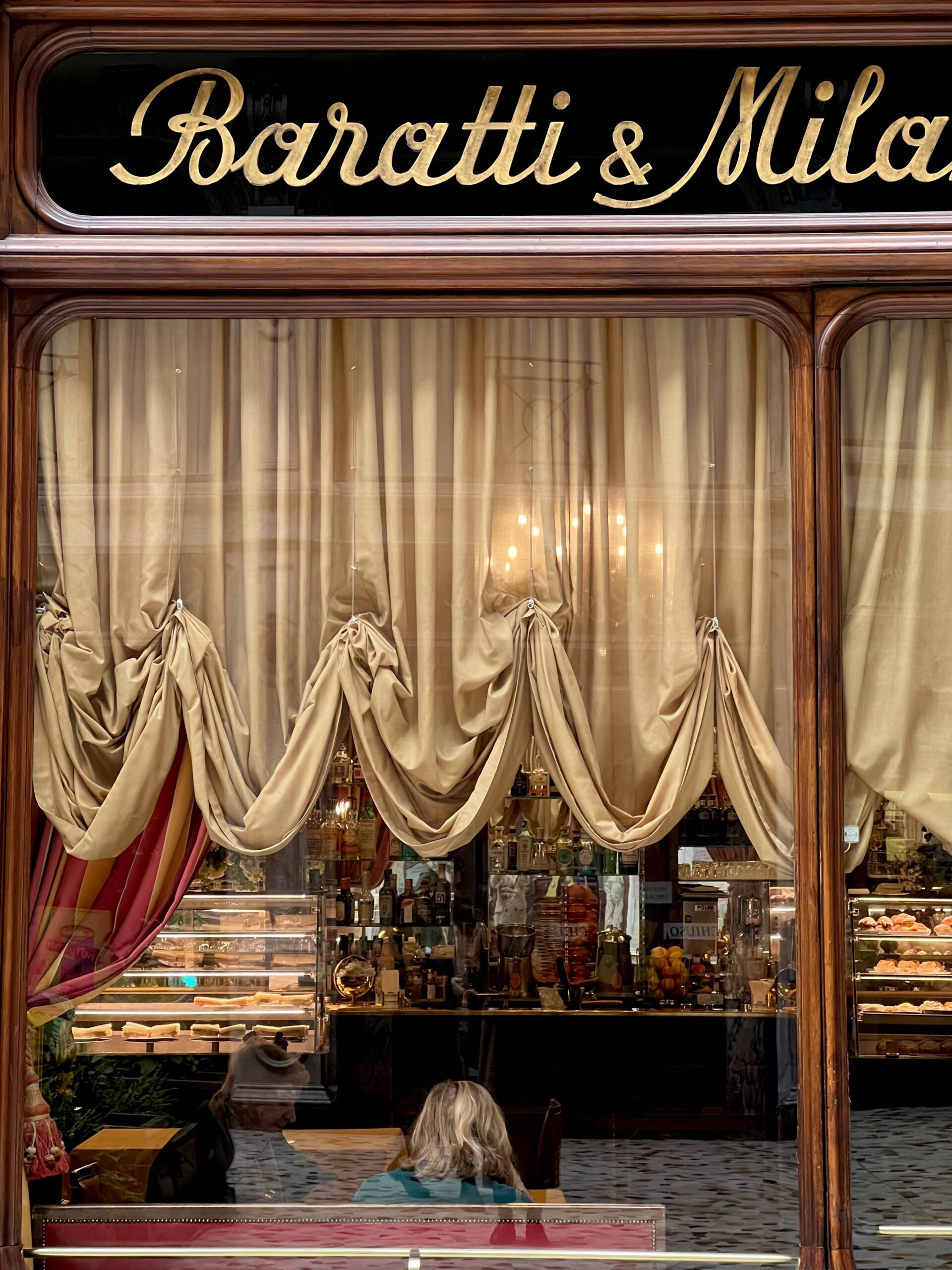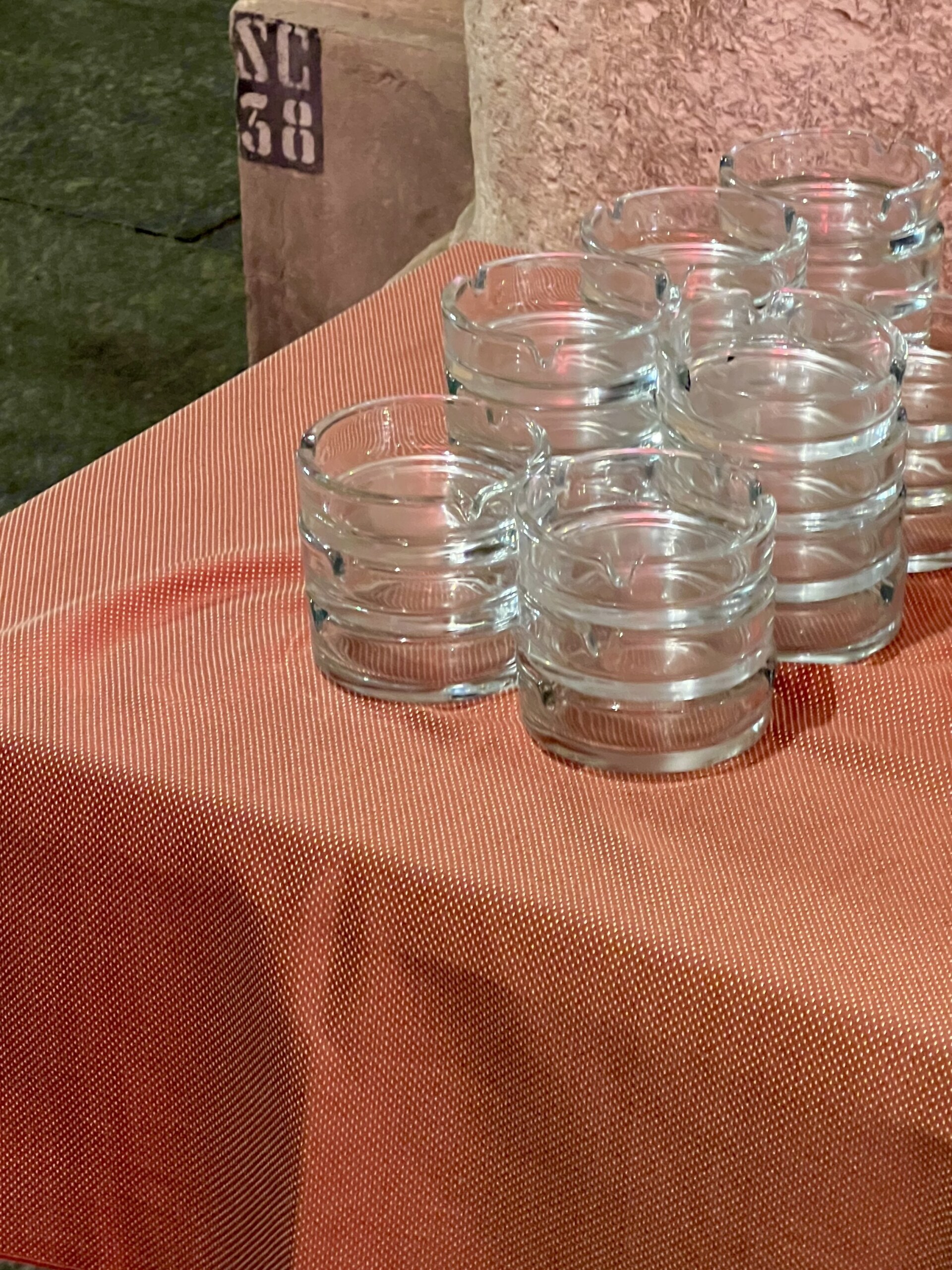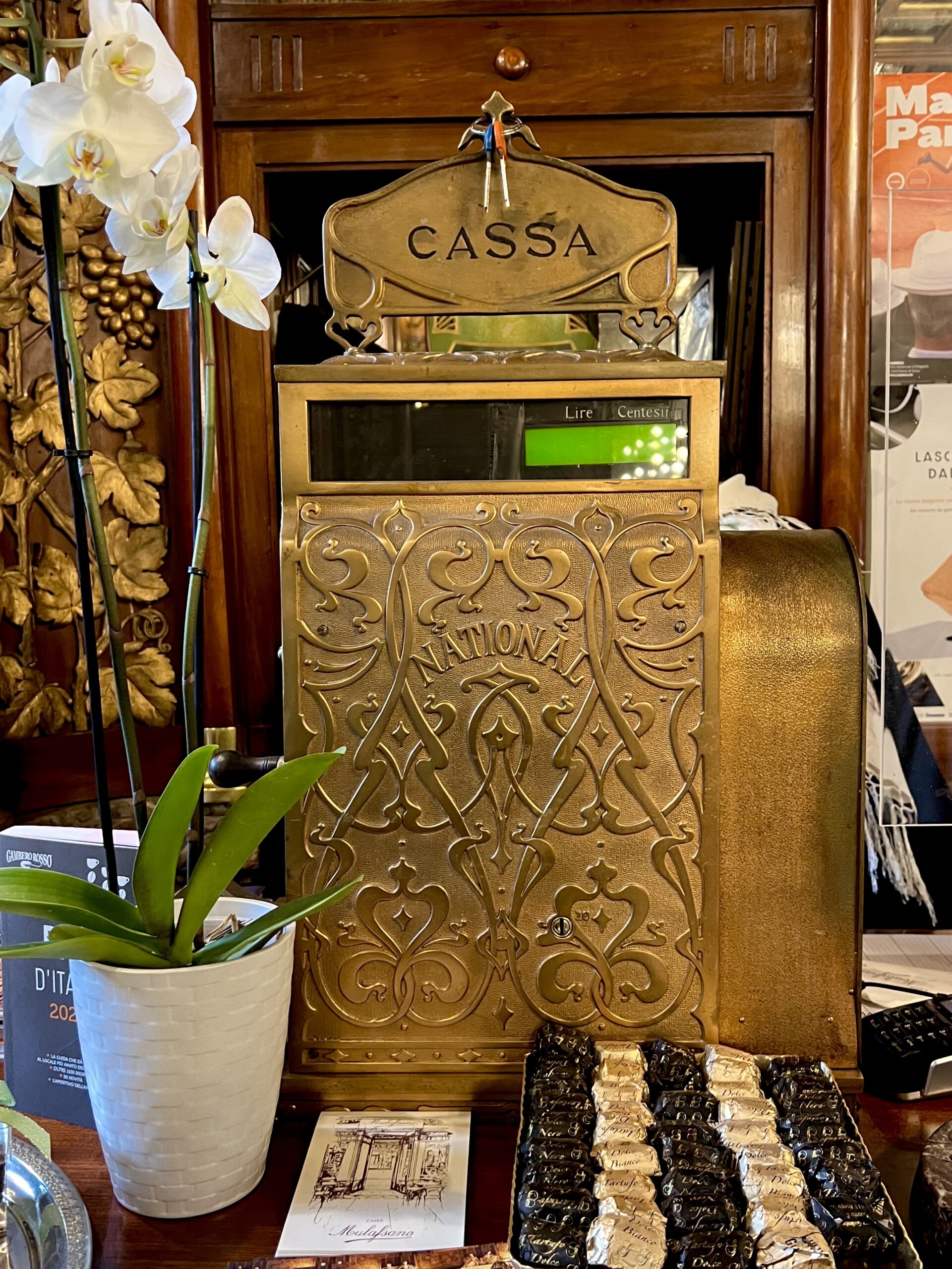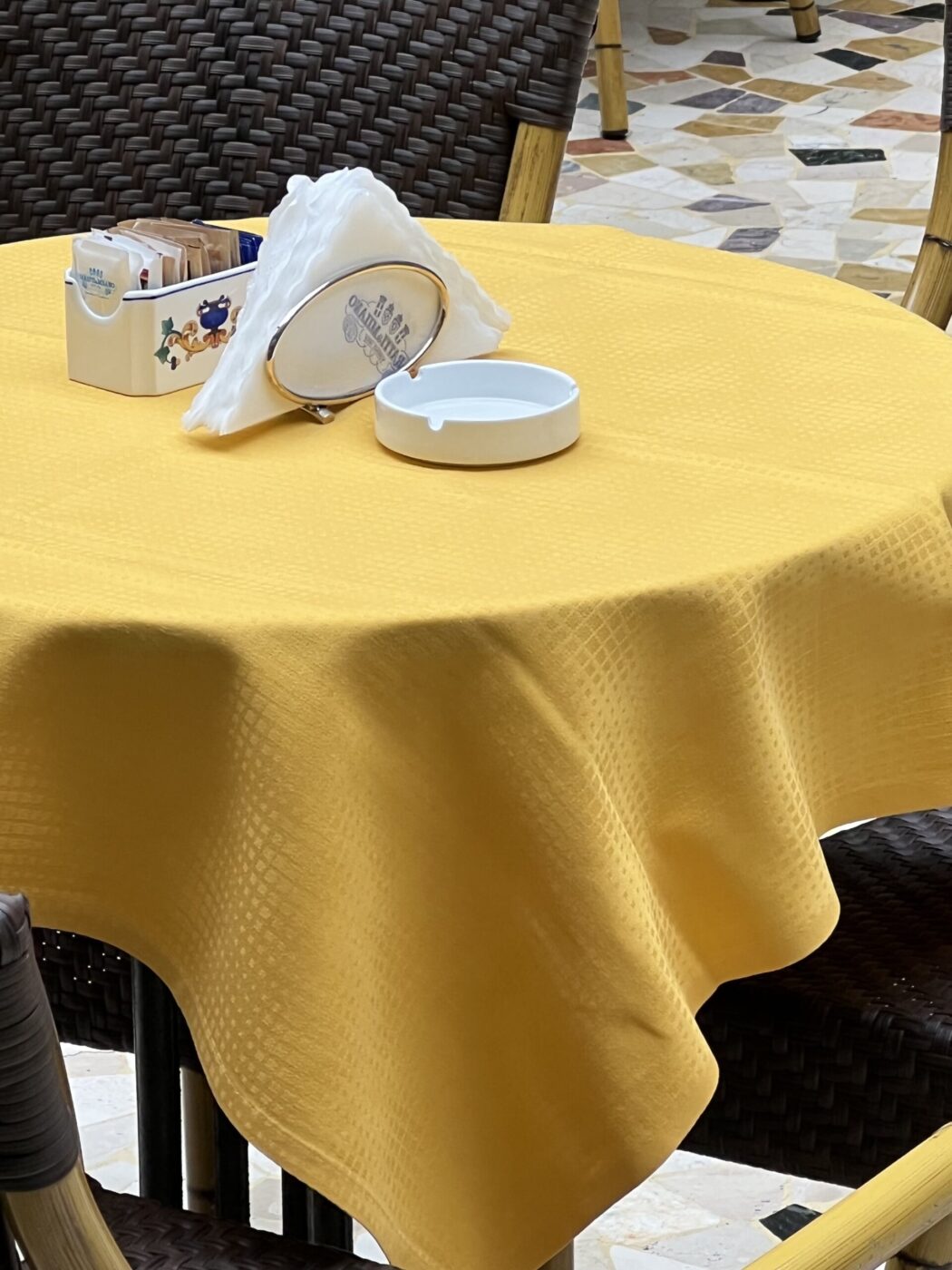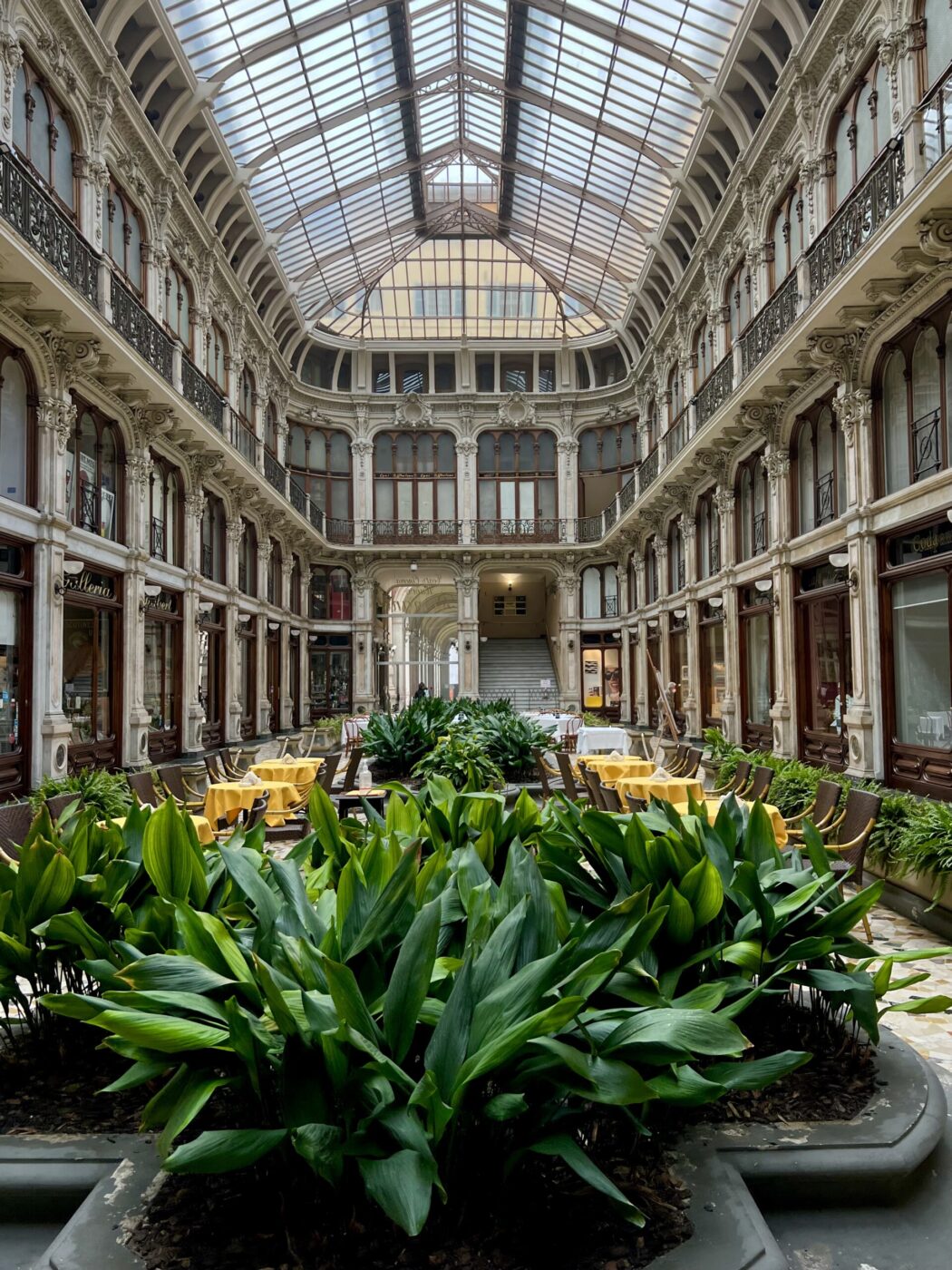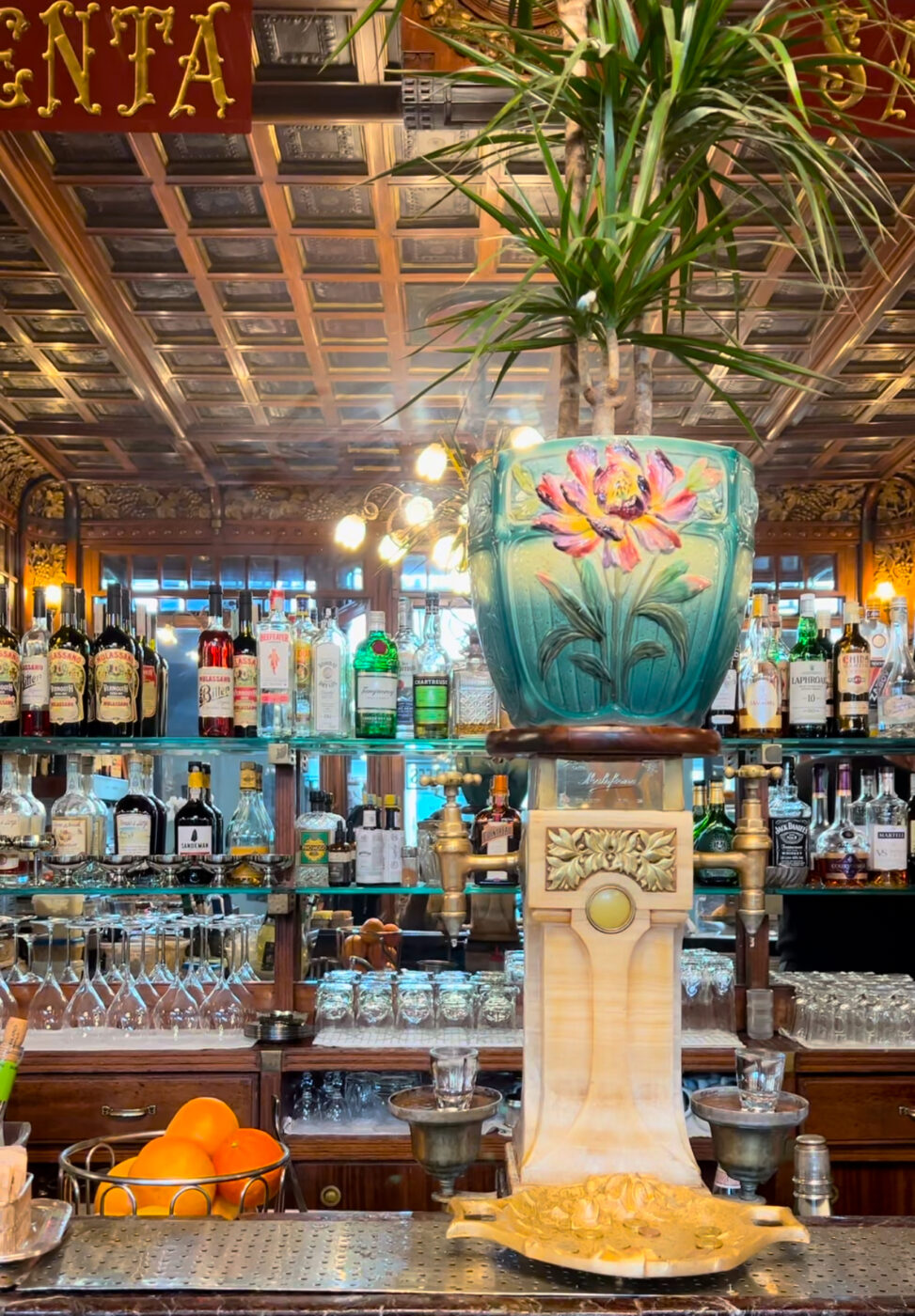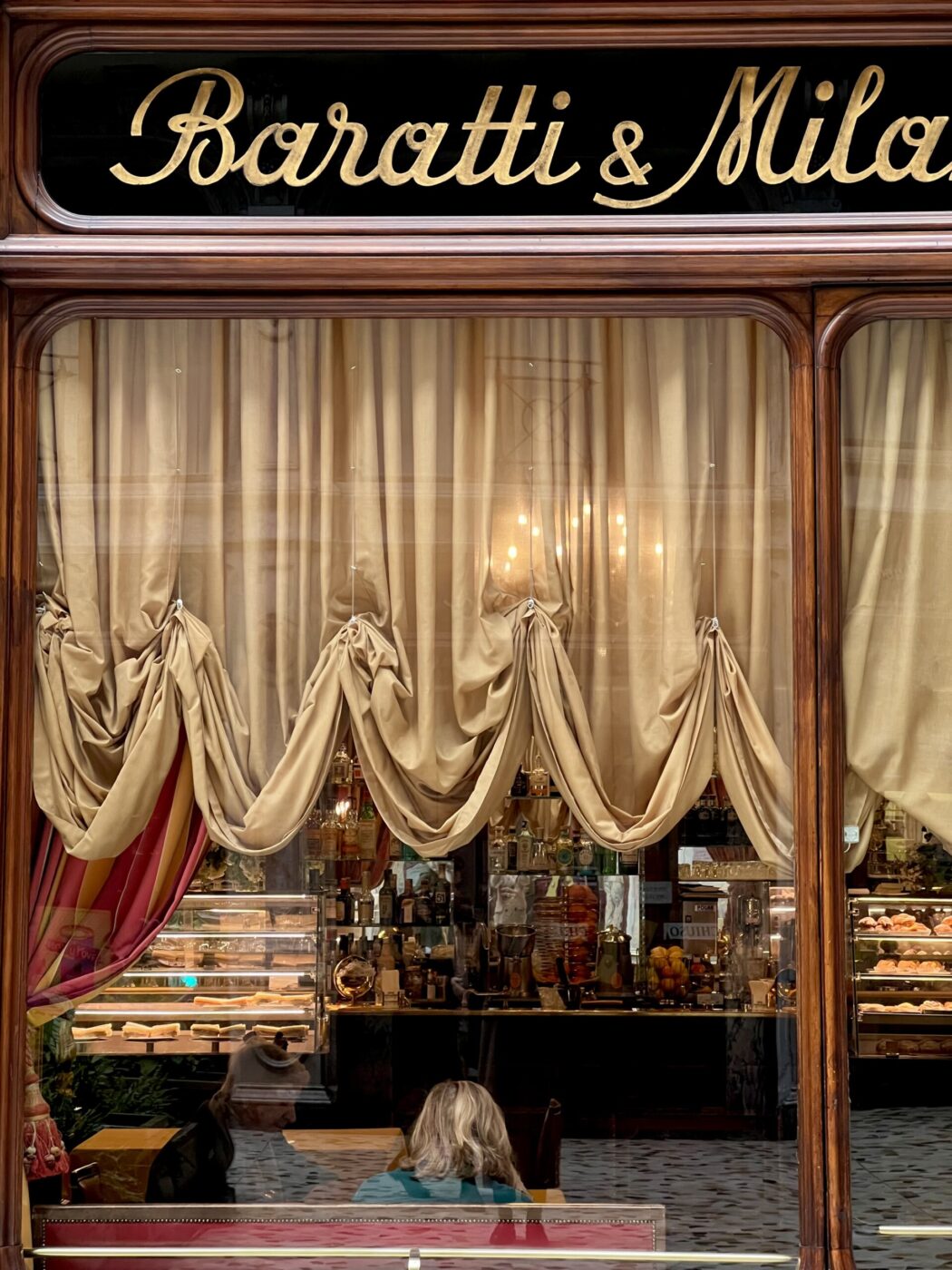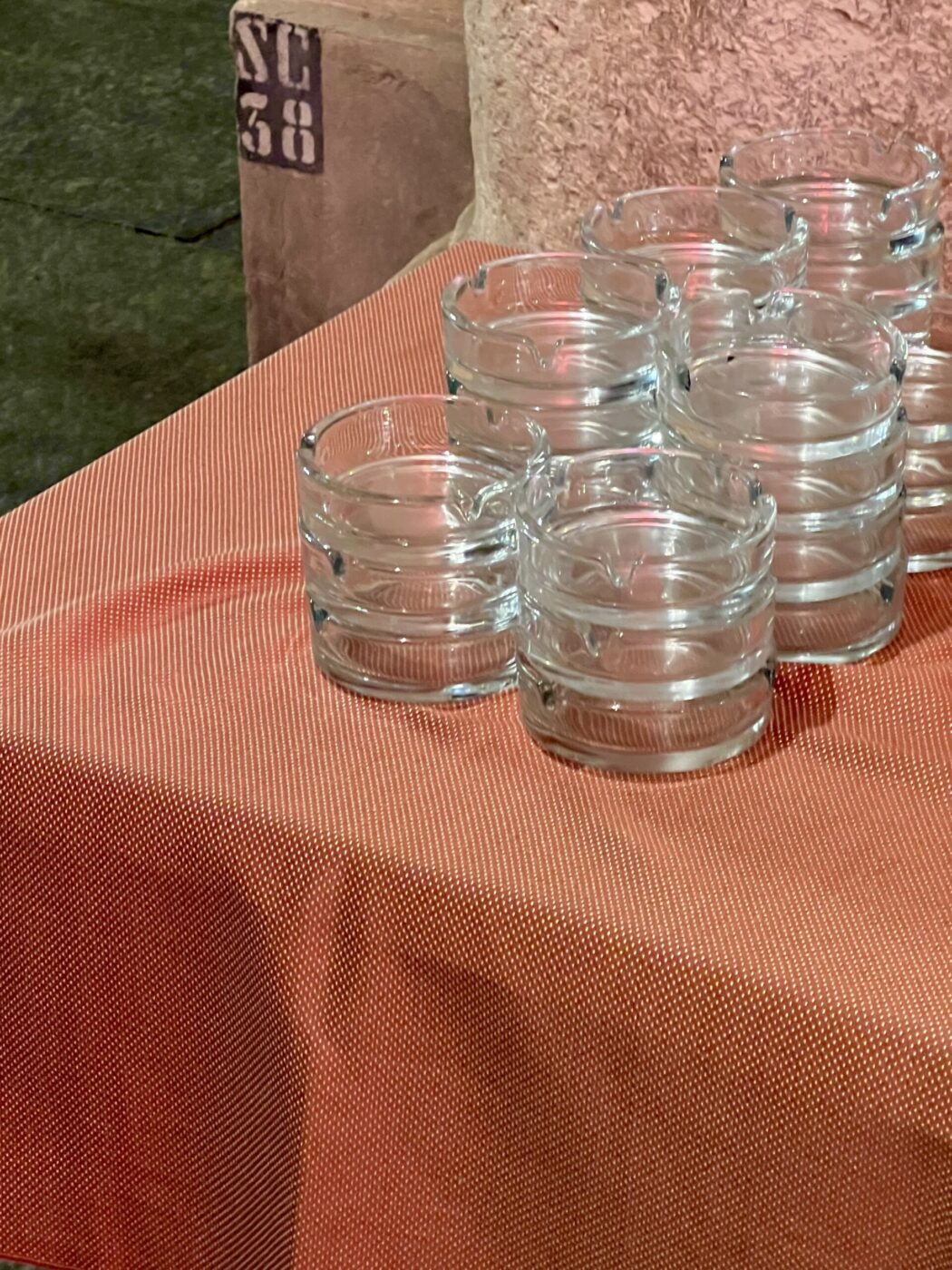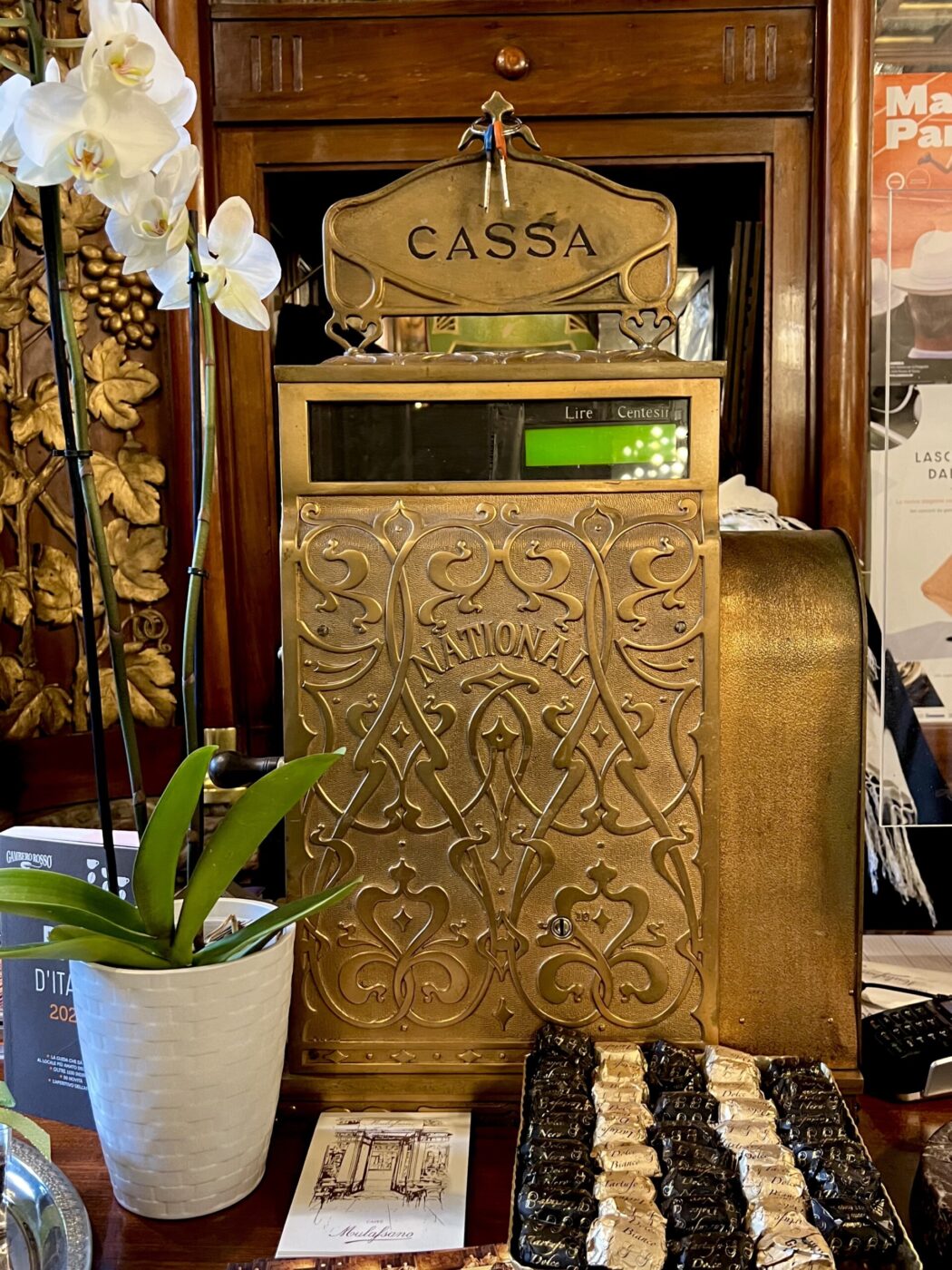For most Italy admirers, Naples is usually the first place that springs to mind when one thinks of the country’s fabled coffee tradition. But in Turin, a collection of historic coffee houses, the most in Italy, preserves an elegant culture that took root here in the 1700s. Over the centuries, these 13 bustling time capsules entertained royalty, nobility, luminaries, and writers–to name but a few, the Count of Cavour, Nietzsche, and later the likes of Hemingway and Picasso… If only their gilded walls could talk.
Appointed the seat of the Savoy monarchy in 1563, Turin was a hotbed of aristocracy for centuries; elegant palazzi, gardens, squares, castles, opera houses, and cafès like these were built to house and entertain the well-heeled in a stunning fantasia of Baroque, Rococo, Neoclassical, and Art Nouveau architecture. These opulent coffee houses were places where not only was the great literature of multiple centuries written, but also the story of Italy’s unification. The movement’s key figures could often be found gathering and scheming at these establishments, and so it’s only fitting that the city enjoyed a brief stint as unified Italy’s first capital, from 1861 to 1865.
You could compare Turin’s coffee houses to those in Vienna or Paris–and it’s true that they all sprung from similar political-cultural moments–but those of the Piedmontese capital are historically tied to something the others aren’t: chocolate. In 1560, to commemorate the transfer of the Ducal Capital from Chambéry to Turin, Emanuele Filiberto of Savoy presented the city with a symbolic cup of steaming hot chocolate. About 100 years later, in 1678, the monarchy issued the first chocolate-making license in all of Europe, and today, Turin is just as celebrated for its confectionery, a tradition that goes hand in hand with coffee. Several of these cafes not only also specialize in chocolate production, but the two often overlap–especially in the glass.
In 2021, the Caffè Storici e Salotti Sabaudi (Historic Cafes and Savoy Lounges) was founded, an association dedicated to securing UNESCO recognition for these transportive institutions that have remained true to themselves, bearing a gimmick-free, they-don’t-make-them-like-they-used-to charm. And there’s much more to these open-all-day establishments than a cup of joe. Patrons can drop in for a proper meal, chocolate in both liquid and confectionary forms, an aperitivo, clever cocktails, afternoon tea, sweets, or just to unwind. Visiting at least one is a must–if only to evoke the glamour of yore embodied by the 18th-century elite. Here, in no particular order, is a look at five of Turin’s most famous historic coffee houses.
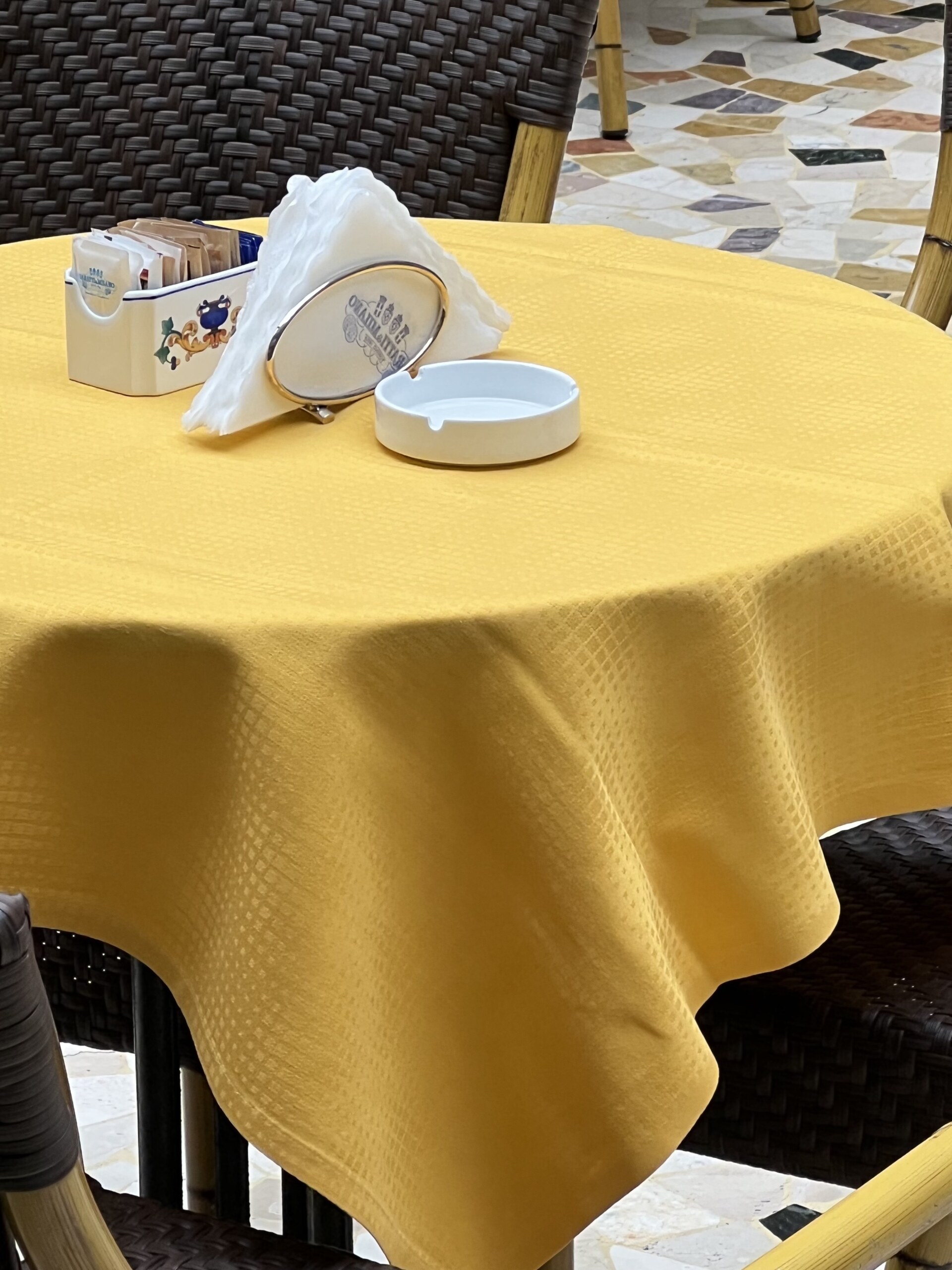
Caffè Baratti & Milano
Caffè Al Bicerin
What better backdrop to sip a hot beverage synonymous with the city’s coffee scene than the cafe that created it? Behind Al Bicerin’s unassuming facade in the cobbled Piazza della Consolata lies a quaint cafe framed by mirror-clad wood panel walls and round marble tables topped with flickering white taper candles dripping with wax. The Bicerin combines (but doesn’t mix!) coffee, chocolate, and frothed milk cream in a clear, handleless glass. Al Bicerin opened in 1763, and the beverage was crafted as a pared-down riff on the 18th-century bavareisa, a hot chocolate base mixed with coffee and a sweetener and then topped with a thin layer of cream presented in giant glass–a vogueish concoction combining two fashionable delicacies. Today, the Bicerin abounds around town, but there’s just something about sipping it in the cafe that claims OG status. Don’t be discouraged by the line–it’s worth the wait.
Caffè Baratti & Milano
Despite its name, former royal family supplier Baratti & Milano bears no connection to the Lombard capital–it’s the last name of co-founder Edoardo, who opened this pastry shop and confectionery skirting the luminous Galleria Subalpina with Ferdinando Baratti in 1875. The ornate Art Nouveau interior, which dates back to 1911, is just as mesmerizing as it is inviting: mustard yellow drapes edging windowed walls, green and yellow marble floor inlay, sparkling chandeliers, and dark mahogany lambris, all anchored by a vast marble bartop tended by a team attired in buttoned up black vests and bowties. An assortment of coffees, teas, and hot chocolates are on offer, and it would be a shame not to dig into a slice of the Torta Baratti, a chocolate sponge cake with chocolate mousse flavored with a touch of delicate chocolate liqueur and iced with dark chocolate ganache.
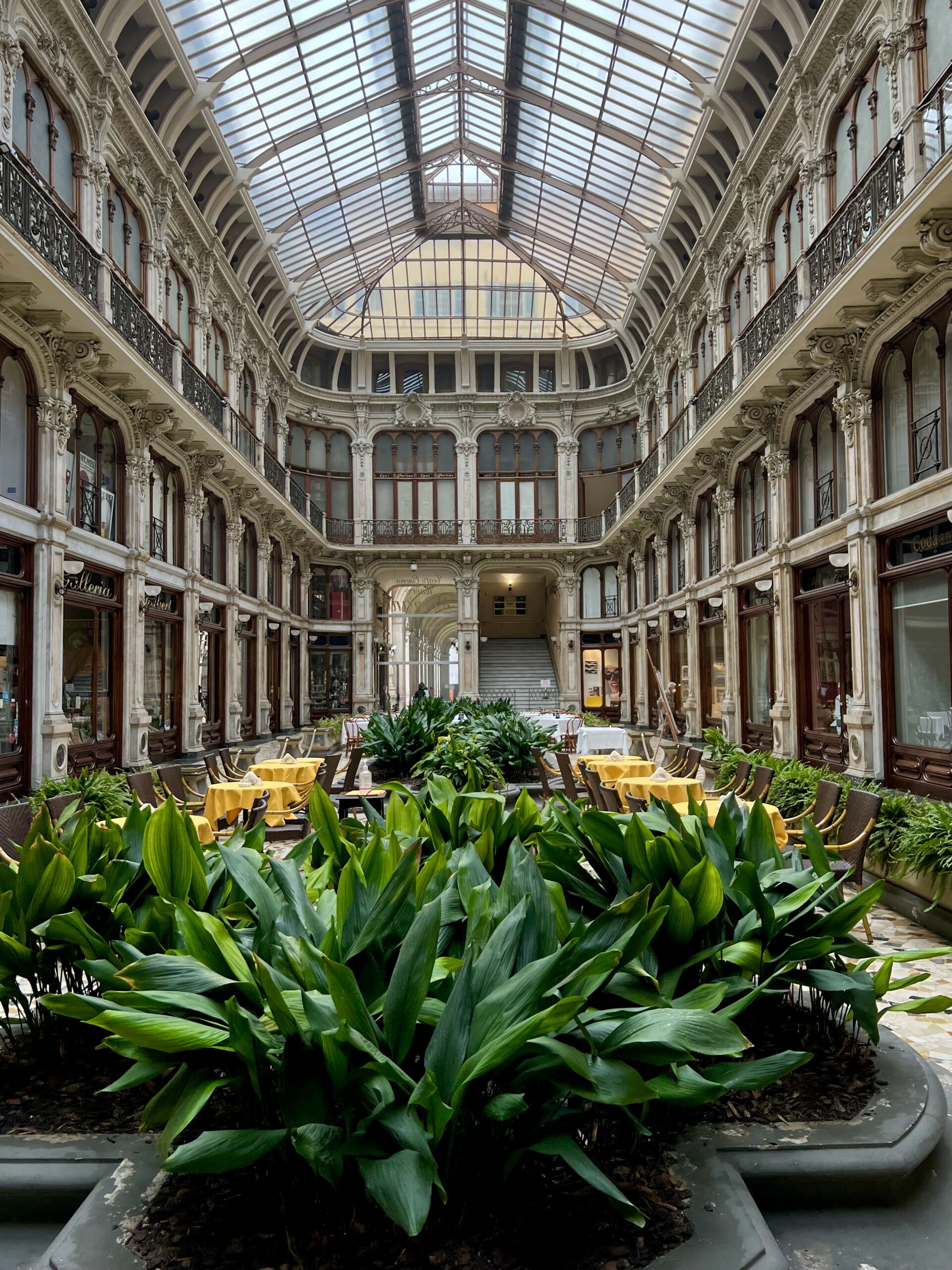
Caffè Baratti & Milano in Galleria Subalpina
Caffè San Carlo
Tucked below a portico in its lively namesake square, Caffè San Carlo underwent a refurbishment for its 200th anniversary two years ago. The revamp enhanced the Risorgimento stronghold’s Versailles-meets-Ancient-Greece aesthetic replete with gilded stucco, marble, pilasters, doric columns, corinthian capitals bordering painted freezes, red velvet chairs beside round marble tables, and dramatic sculptures displayed in elevated arched alcoves. The food was also revamped, with Christian and Manuel Costardi of the Michelin-starred Costardi Bros. in Vercelli enlisted for the menu overhaul. They’ve reimagined the pastries, concocting delights like pain au gianduia and tonka bean and almond brioche, and implemented a specialty approach to the coffee, featuring several extraction methods for various blends and single origins from home-grown manufacturer Lavazza’s 1895 line.
Caffè Mulassano
Mulassano itself dates back to 1879, but it didn’t occupy its current space in Piazza Castello until 1907. While the confines are cozier than most of its counterparts, mirrored walls add depth to an intimate space packed with detail: coffered wood ceilings slashed with Madeira leather, a marble bar baseboard, red and yellow marble flooring, onyx tabletops and bar counter, gold grape chisels, and myriad bronze and brass accents. Come for coffee, but stay to experience one of Italy’s most beloved snacks in their place of origin: tramezzini. Despite the many who mistakenly attribute these crust-free sandwiches to Venice, tramezzini actually hail from Turin, Mulassano specifically, created by owners Angela and Onorino Nebiolo in the 1920s. A mahogany display case stocks 30 varieties, including chicken salad and truffle and bagna cauda, a garlicky anchovy condiment, which the bowtied staff gracefully deliver atop one-tier sandwich stands. Nibble on them alongside a drink made from one of Mulassono’s own aperitivo or vermouths.
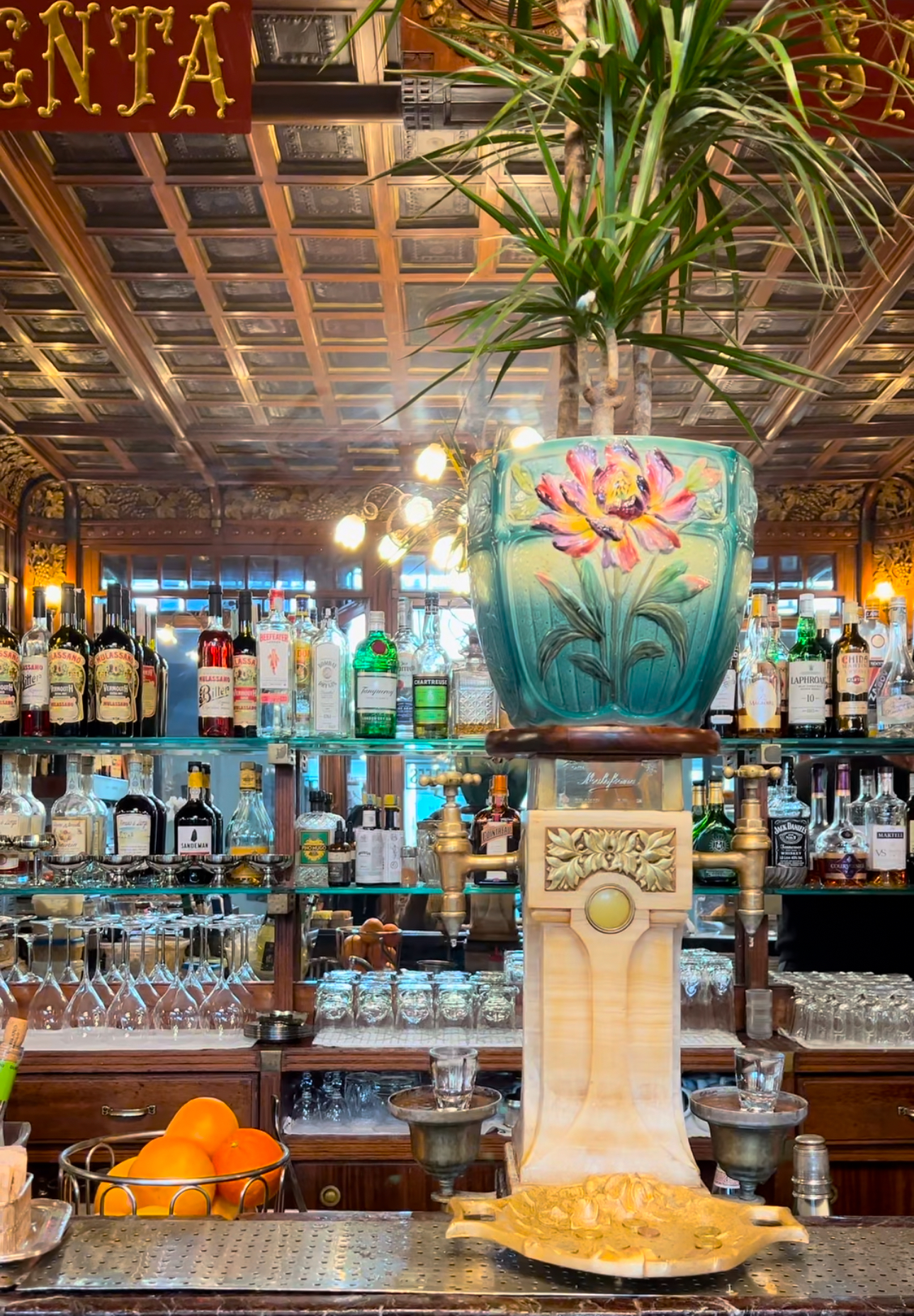
Caffè Mulassano
Caffè Elena
Under a portico in Piazza Vittorio Veneto on Via Po, footsteps from the hub of Turin’s pedestrian-only historic center, Caffè Elena particularly lures cocktail pilgrims. Between 1889, its inaugural year, and 1902, Giuseppe Carpano perfected his forefather Antonio Benedetto Carpano’s iconic 1786 vermouth recipe onsite. An arched window above one of the entryways reads “Carpano Vermuth,” and inside, the original interior remains intact: red breccia rock tables arranged on a graniglia-tiled floor and wood paneling interspersed with large mirrors and dainty paintings by writer and poet G.M. Bertagna. It’s a splendid spot not only to imbibe, but also for coffee, hot chocolate, or even a meal. Head barman Matias Griffa just brought the establishment’s experimental history full circle, debuting the Piedmont-distilled Vermuth Caffè Elena 1889 earlier this year in honor of its 135th anniversary, along with a new signature cocktail list.

Caffè Elena; Courtesy of @caffe_elena_torino
